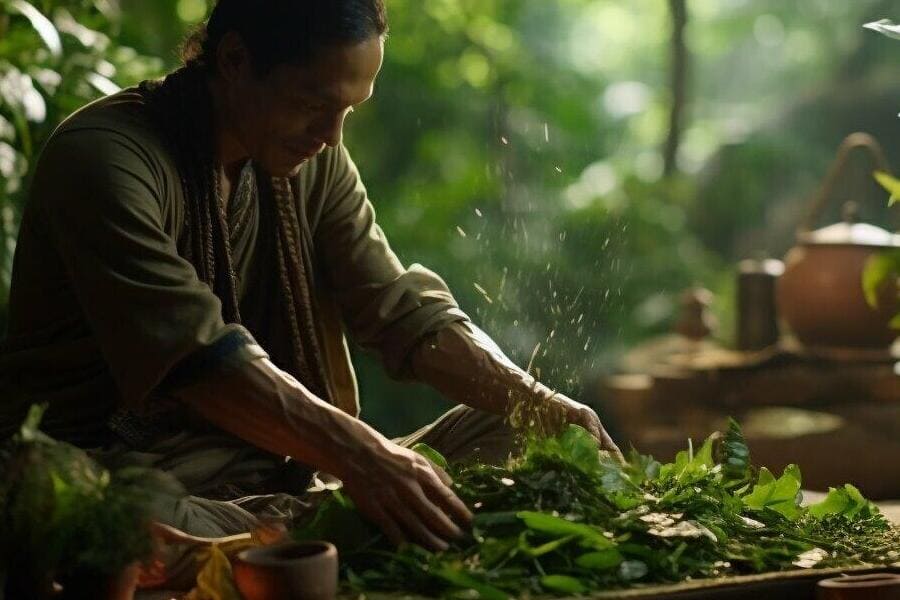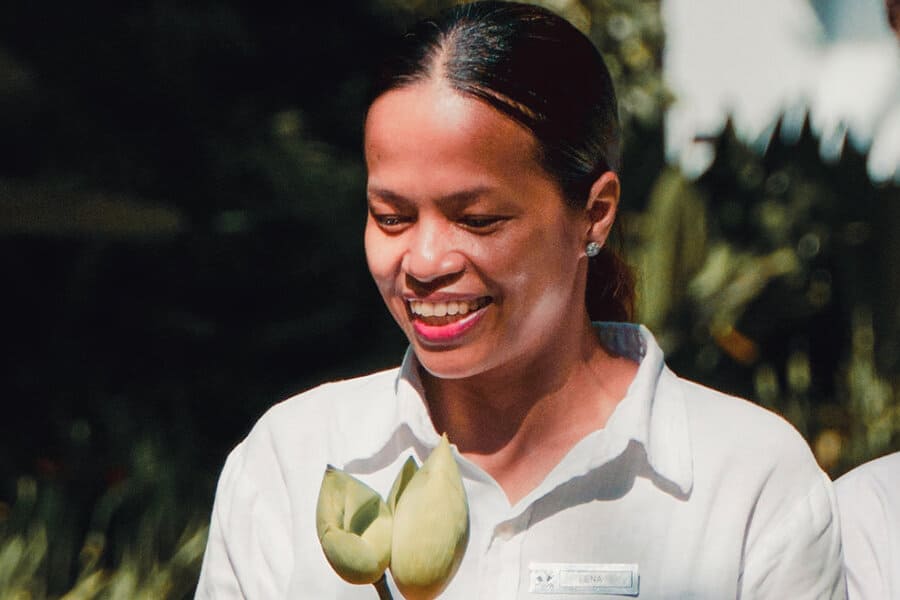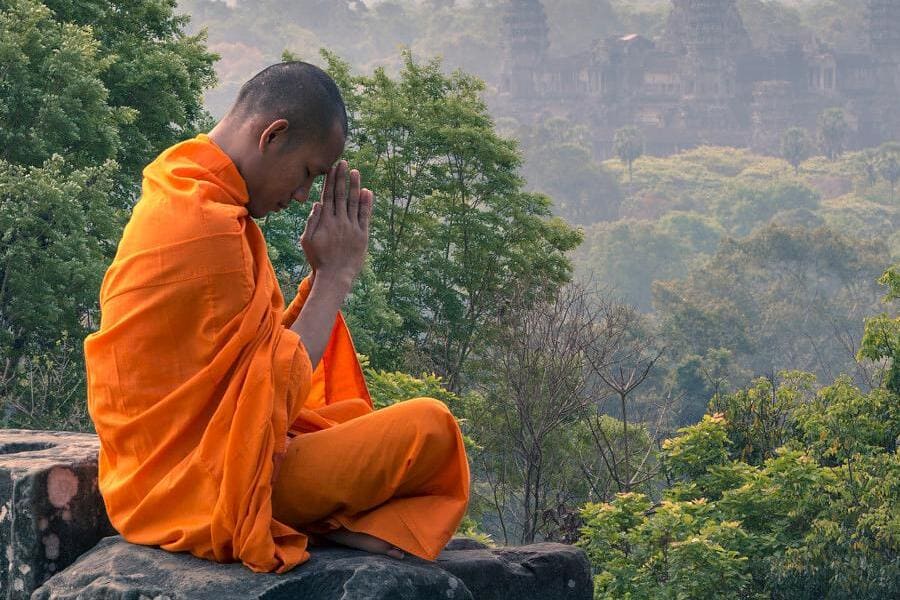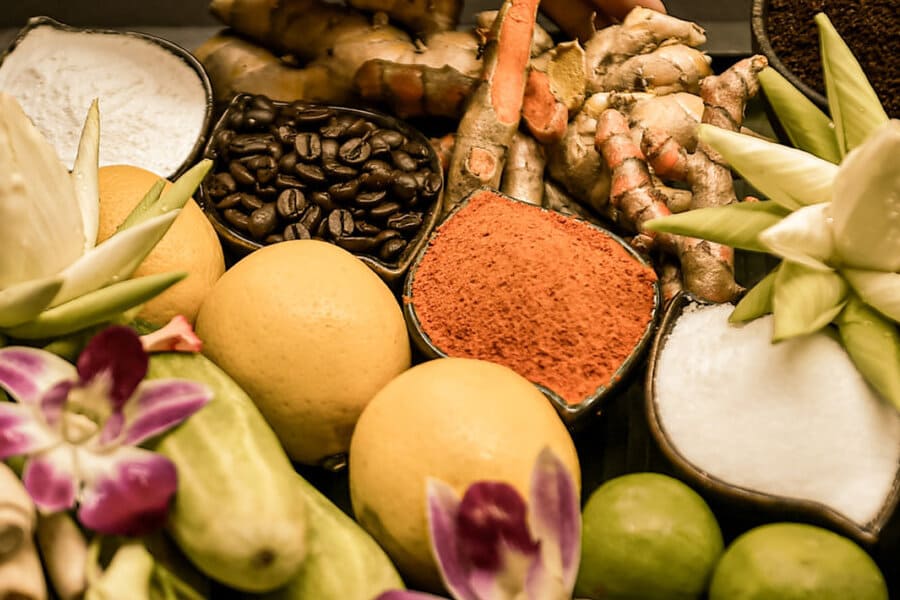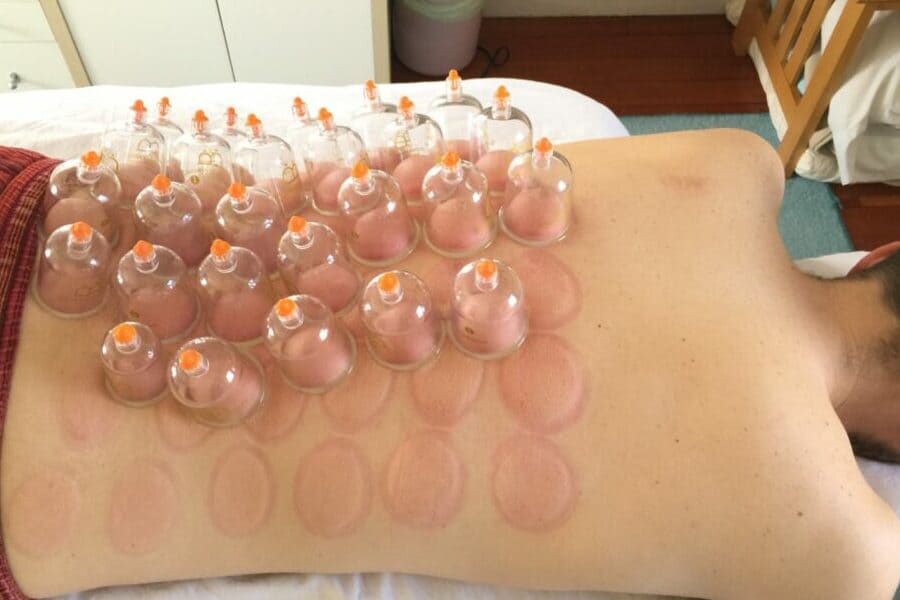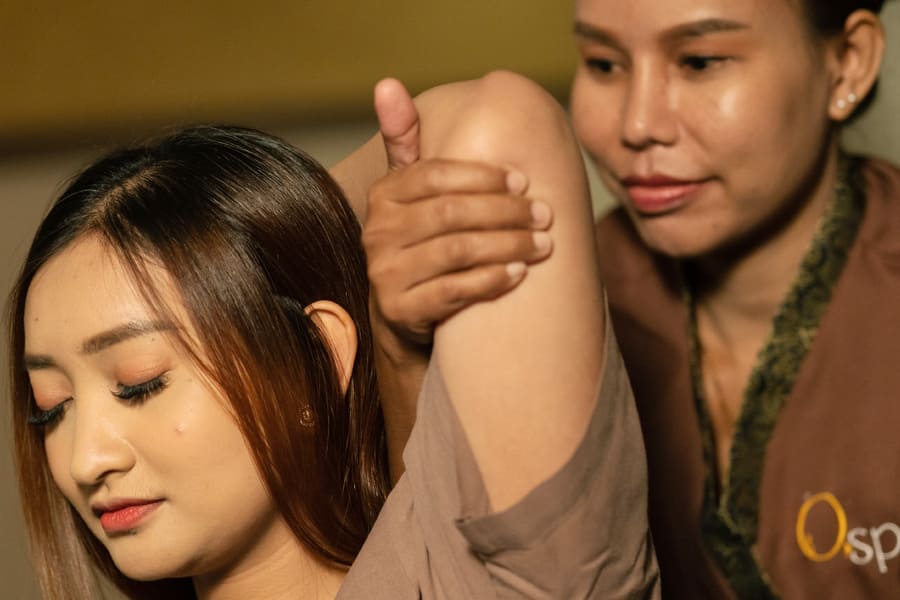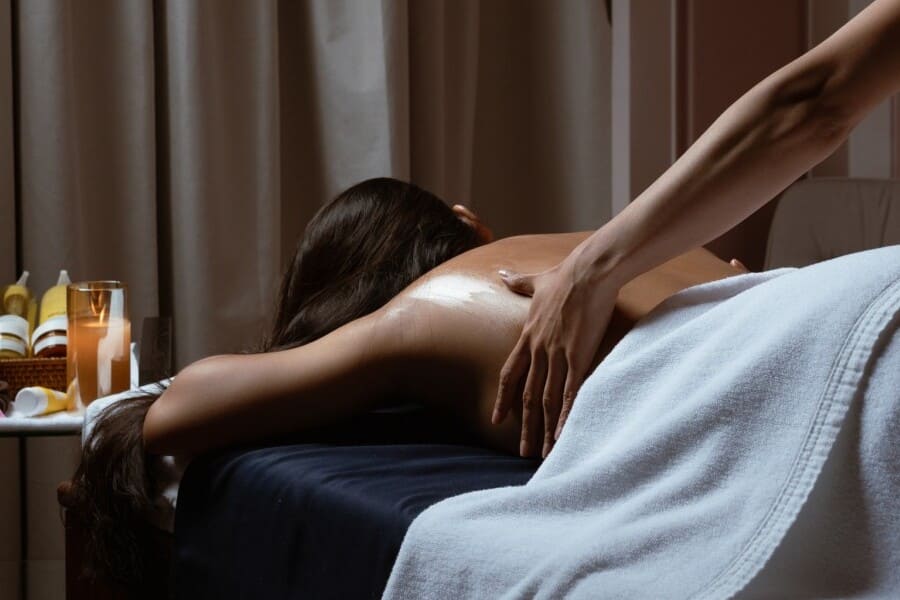Embark on a transformative cambodia trip that transcends mere sightseeing and delves deep into the soul of Khmer culture. Step into a realm where ancient wisdom intertwines with modern healing, as we explore the rich tapestry of traditional Khmer healing practices. From bustling markets brimming with aromatic herbs to tranquil temples echoing with the chants of healers, this immersive journey offers a unique opportunity to uncover the secrets of Cambodian wellness traditions.
Contents
The Origins of Traditional Khmer Healing Practices
The origins of traditional Khmer healing practices can be traced back to the ancient civilizations that thrived in the region of present-day Cambodia. Rooted in indigenous beliefs and influenced by cultural exchanges with neighboring civilizations, Khmer healing traditions emerged as a holistic approach to health and wellbeing, deeply intertwined with the natural world and spiritual realms.
At the heart of Khmer healing lies the belief in balance and harmony within the body, mind, and spirit. Ancient Khmer society revered nature and its cycles, recognizing the interconnectedness of all living beings and the divine forces that governed the universe. This reverence for nature formed the foundation of Khmer healing practices, which sought to align individuals with the rhythms of the natural world and restore equilibrium when imbalances occurred.
The Development of Traditional Khmer Healing Practices
The development of traditional Khmer healing practices is a dynamic and evolving journey that spans centuries of Cambodian history, culture, and spirituality. Rooted in ancient indigenous beliefs and influenced by Hinduism, Buddhism, and animism, these healing traditions have continually adapted and transformed over time, reflecting the changing needs and contexts of Cambodian society.
The early development of Khmer healing can be traced back to the pre-Angkorian period, where indigenous tribes relied on natural remedies, herbal medicine, and spiritual rituals to address health issues and promote wellbeing. Shamanic healers, known as "kru," played a central role in these communities, acting as intermediaries between the physical and spiritual realms.
With the rise of the Khmer Empire and the construction of magnificent temples such as Angkor Wat, Khmer healing practices became more sophisticated and institutionalized. Temples served as centers of learning and healing, where monks and scholars studied ancient texts, practiced meditation, and developed herbal remedies to treat various ailments.
During the Angkorian period (9th to 15th centuries), Khmer healers incorporated Hindu and Buddhist philosophies into their practices, emphasizing the interconnectedness of body, mind, and spirit. Healing rituals became imbued with spiritual significance, aiming not only to alleviate physical symptoms but also to restore balance and harmony within the individual and the community.
The arrival of Buddhism in Cambodia further enriched Khmer healing practices, introducing meditation techniques, mindfulness practices, and compassionate care as integral components of wellness. Buddhist monks and nuns became revered for their healing abilities, offering spiritual guidance, herbal remedies, and blessings to those in need.
Throughout Cambodia's history, Khmer healing practices have evolved in response to external influences such as wars, colonization, and globalization. While modern medicine has become increasingly accessible, traditional Khmer healing remains deeply ingrained in Cambodian culture, revered for its holistic approach to health and wellbeing.
Today, Khmer healing continues to thrive, blending ancient wisdom with contemporary insights and innovations. Traditional healers, known as "kru khmer," draw upon centuries-old techniques and remedies, adapting them to meet the needs of modern society while preserving their cultural heritage and spiritual essence.
Most widely practiced forms of traditional Khmer healing practices
Traditional Khmer healing practices encompass a diverse range of modalities, each offering a unique approach to health and wellbeing. While numerous techniques are employed by Khmer healers, some of the most widely practiced forms include:
Spiritual Healing (Sombok Bonk)
Spiritual healing is a cornerstone of Khmer healing practices, involving rituals and ceremonies to invoke ancestral spirits, deities, and divine energies. Khmer healers, known as "kru khmer," harness the power of prayer, chanting, and offerings to cleanse the body, mind, and spirit of negative energies and restore balance and harmony.
Herbal Medicine
Herbal medicine has been a mainstay of Khmer healing for centuries, with healers utilizing a vast array of medicinal plants, roots, and herbs to treat a wide range of ailments. Herbal remedies are prepared in various forms, including teas, poultices, and tinctures, and are believed to possess potent healing properties that address both physical and spiritual imbalances.
Massage Therapy (Sompov Takak)
Khmer massage therapy combines elements of acupressure, stretching, and energy manipulation to promote relaxation, relieve tension, and stimulate the body's natural healing processes. Khmer massage techniques are rooted in ancient traditions and are often incorporated into holistic healing sessions to enhance overall wellbeing.
Cupping and Gua Sha
Cupping therapy involves placing heated cups on the skin to create suction, which is believed to promote blood flow, reduce inflammation, and alleviate pain. Gua Sha, or scraping therapy, involves using a smooth tool to scrape the skin, releasing tension and promoting circulation. These techniques are commonly used by Khmer healers to address muscular pain and promote detoxification.
Bone-setting and Manipulative Therapy
Khmer healers may also employ bone-setting and manipulative therapy techniques to realign the musculoskeletal system and promote healing of injuries and fractures. These hands-on techniques involve gentle manipulation of the joints, muscles, and bones to restore proper alignment and mobility.
Meditation and Mindfulness Practices
Meditation and mindfulness practices are integral components of Khmer healing, aimed at calming the mind, reducing stress, and promoting emotional wellbeing. Khmer healers may incorporate guided meditation, breathing exercises, and visualization techniques into their healing sessions to promote inner peace and spiritual growth.
Tips for visitors to experience Traditional Khmer Healing Practices
If you're considering trying traditional Khmer healing practices during your travels to Cambodia, here are some helpful tips to ensure a meaningful and enjoyable experience:
- Research: Take some time to research the different types of Khmer healing practices available in Cambodia, as well as their benefits and potential risks. This will help you make informed decisions and choose the practices that align with your interests and wellness goals.
- Respect Local Culture: Approach traditional Khmer healing practices with an open mind and a respectful attitude towards Cambodian culture and traditions. Be mindful of cultural sensitivities and adhere to any guidelines or customs provided by the healers or practitioners.
- Seek Recommendations: Ask locals or fellow travelers for recommendations on reputable healers or healing centers in the area. Word-of-mouth recommendations can help you find authentic and trustworthy practitioners who are experienced in traditional Khmer healing techniques.
- Choose a Licensed Practitioner: Look for practitioners who are licensed or certified in their respective fields and who have undergone formal training in traditional Khmer healing practices. This will ensure that you receive safe and effective treatments from qualified professionals.
- Communicate Clearly: Clearly communicate your health concerns, preferences, and expectations with the healer or practitioner before starting any treatment. This will help them tailor the session to your specific needs and ensure that you have a positive experience.
- Stay Hydrated and Rested: Some Khmer healing practices may involve detoxification or energy work, which can be physically and emotionally draining. Drink plenty of water, get enough rest, and listen to your body's signals during and after the treatment.
- Follow Up if Necessary: Depending on the nature of the treatment, you may need to follow up with additional sessions or practices to experience the full benefits. Be prepared to incorporate any recommended lifestyle changes or self-care practices into your routine for continued wellness.
Rooted in a deep understanding of natural remedies, spiritual rituals, and holistic approaches, these practices have been passed down through generations, preserving a vital aspect of Khmer culture. As modern healthcare advances, the continued relevance and integration of these traditional methods highlight their enduring significance in promoting well-being and cultural identity. By appreciating and respecting Khmer healing practices, we not only honor Cambodia's cultural legacy but also recognize the value of alternative healing approaches in contemporary health and wellness.

